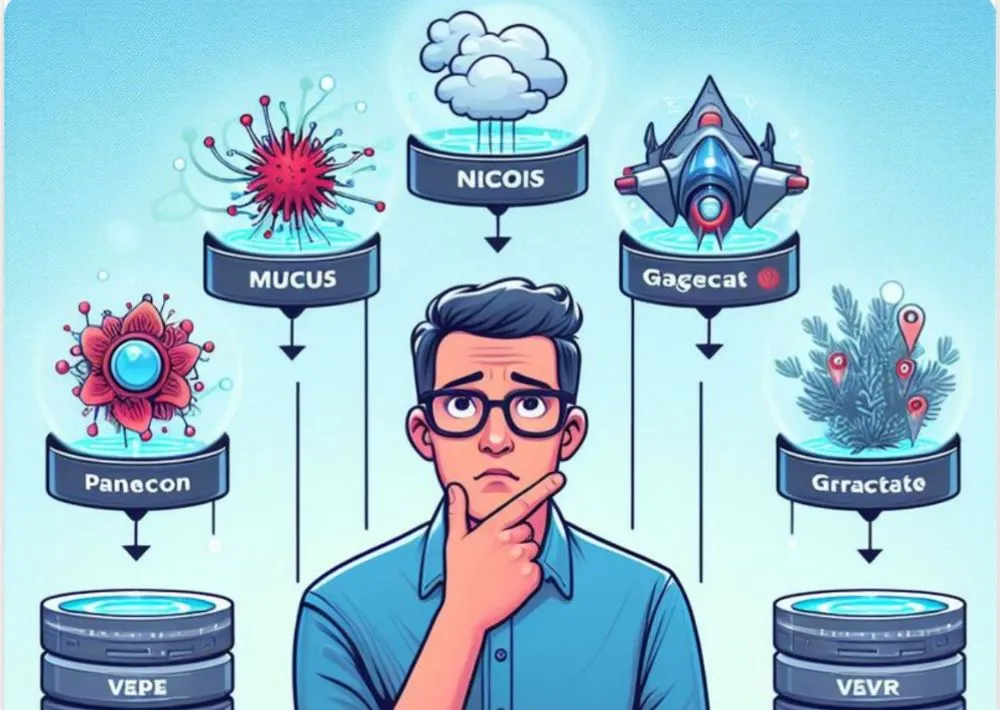As AI systems, particularly large language models, become more powerful and prevalent, the importance of effective prompt engineering cannot be overstated. Prompts serve as the guiding instructions or queries given to an AI model to elicit the desired output. However, poorly crafted prompts can lead to suboptimal or even harmful responses from the AI, potentially costing businesses time, money, and reputation.
The Impact of Poor Prompts
Consider the scenario of an e-commerce company using an AI language model to generate product descriptions. If the prompts are poorly crafted, the AI could produce descriptions that are inaccurate, misleading, or even offensive. This could lead to customer dissatisfaction, returns, and ultimately damage to the brand’s credibility.
Similarly, in the financial sector, AI models are utilized for critical tasks like fraud detection and risk assessment. Ineffective prompting could cause the AI to overlook crucial signals or make erroneous predictions, resulting in costly mistakes and compliance issues.
Even seemingly innocuous applications like AI chatbots or virtual assistants can be detrimentally affected by poorly designed prompts. A chatbot with inadequate prompts may provide nonsensical or inappropriate responses, frustrating customers and tarnishing the user experience.
The Cost of Ineffective Prompting
The costs of ineffective prompt engineering can be significant and far-reaching:
1. Development and Iteration Costs: Constant refinement and tweaking of prompts due to poor initial design can lead to wasted development time and resources.
2. Operational Costs: Suboptimal AI outputs stemming from bad prompts can create downstream operational inefficiencies, errors, and the need for rework.
3. Reputational Damage: AI failures or offensive outputs resulting from poorly engineered prompts can severely damage a brand’s reputation, particularly in an era where negative incidents spread rapidly through social media.
4. Legal and Compliance Risks: In regulated industries, AI systems driven by flawed prompts could violate compliance standards, leading to fines, penalties, or legal action.
5. Opportunity Costs: Addressing the consequences of bad prompting diverts time and resources from other value-adding initiatives and innovation opportunities.
Prioritizing Effective Prompt Engineering
To mitigate these risks and costs, organizations must prioritize effective prompt engineering as a core component of their AI strategy. This involves:
1. Assembling Specialized Teams: Forming cross-functional teams with expertise in AI, product/service domains, language/communication, and ethics to collaboratively design and refine prompts.
2. Extensive Testing and Validation: Implementing robust testing frameworks to evaluate prompts across various scenarios and edge cases, involving diverse stakeholders.
3. Continuous Monitoring and Improvement: Establishing processes to monitor AI outputs in production environments, gather feedback, and iteratively enhance prompts over time.
4. Documentation and Knowledge Sharing: Maintaining comprehensive documentation of prompts, their intended uses, and associated risks to facilitate knowledge transfer and consistency.
5. Ethical Considerations: Prioritizing ethical AI principles like fairness, transparency, and accountability in prompt engineering practices.
As AI becomes increasingly pervasive, the quality of prompts will increasingly determine the quality of outputs and user experiences. Investing in effective prompt engineering upfront may require additional resources, but it is a worthwhile investment to mitigate costly AI failures and ensure positive business outcomes.











